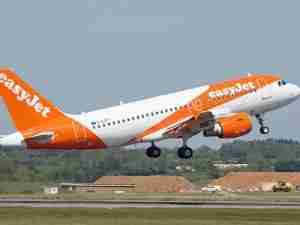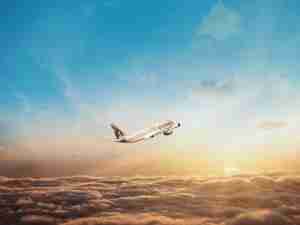Boeing's 80 percent share of commercial airline sales in Japan is unrivalled. In every other major market, including the United States, the U.S. planemaker's share is around half, with the rest going to European rival Airbus.
The health of Japan's aerospace industry - dismantled by the United States after Tokyo's defeat in World War Two - has long been intertwined with the fortunes of Boeing's commercial jetliners and the 787 Dreamliner in particular.
The Dreamliner, grounded globally this week after a series of mishaps including an emergency landing of an All Nippon Airways domestic flight, is around one third made-in-Japan.
"If you've been driving on the right, you don't want to shift to the left," said an aerospace industry official in Japan who didn't want to be named due to the issue's sensitivity. He said that, unless it became really serious, the 787's problems were unlikely to decouple Japan from Boeing.
Boeing's Best Customers
Flag carrier Japan Airlines Co Ltd has never bought an Airbus plane, and ANA was the first to fly the 787. ANA was also a launch customer for Boeing's 777 and is the biggest international operator of the U.S. firm's 767 passenger jets.
Those Japan-Boeing ties were initially spurred by trade diplomacy when Japan was the target of U.S. protectionist ire two decades ago because of Tokyo's massive trade surplus. Japanese airlines buying a few 747 jumbo jets could help re-tilt some of that balance.
Now, however, with Japan's trade surplus erased by a strong yen and the fading competitiveness of its exporters, Tokyo's "Buy American" incentive has shifted from soothing trade friction to protecting Japanese jobs.
"In the past, diplomatic relations likely influenced purchases. Now Japan is putting its effort into building (the planes)," said Hiroyuki Kobayashi, an aviation consultant who was a JAL pilot for 42 years.
From Wings to Toilets
Japan's share of the build - and of the profit - has grown with each successive Boeing model, from below a fifth for the 767 and a quarter for the 777 to more than a third for the 787.
Among the key Dreamliner components made in Japan are the technically complex wings built by Mitsubishi Heavy Industries Ltd, the maker of Japan's wartime Zero fighter. It is the first time a foreign firm has built wings for a Boeing jetliner - part of a global supply chain linked by upsized 747 cargo jets, dubbed "Dreamlifters", that ship the 787 parts for final assembly by Boeing in Washington State and South Carolina.
Fuji Heavy Industries, maker of Subaru cars, builds the 787s wing box that connects the wings to the fuselage, while Kawasaki Heavy Industries Ltd, best known for its motorbikes, makes part of the fuselage wing flaps and landing gear. The plane's toilets are supplied by Jamco Corp.
More than five dozen Japanese firms are among the suppliers for Boeing's civilian and military divisions, providing 22,000 jobs - around 40 percent of Japan's aerospace industry. Any switch to Airbus planes would, therefore, be bad news for Japan Inc, said an official at one of Boeing's suppliers in Japan.
"Japanese companies don't have much presence in the Airbus supply chain," he told Reuters, declining to be identified.
Also hurt could be Japan's bid to break into the commercial regional jet market.
Mitsubishi Heavy makes the Mitsubishi Regional Jet (MRJ), a fuel-efficient, 90-seater due to make its maiden flight this year, and designed by engineers who learned their trade working on Boeing planes.
Toyota Motor Corp owns a 10 percent stake in the MRJ venture, a reflection of the historical ties linking Japan's aviation and auto firms. After Japan's aircraft industry was closed down after World War II many of the country's aeronautic engineers ended up in car companies.
Military Insecurity
Beyond the commercial










